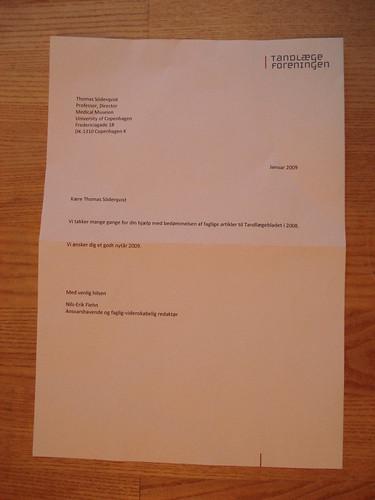Just received a reminder about nominations for this year’s Dibner Award for Excellence in Museum Exhibits.
The award was established in 1985 to recognize excellence in museums and museum exhibits that interpret the history of technology, industry, and engineering to the general public.
The jury pays special attention to good design and production, of course, but also to whether the exhibition raises pertinent historical issues: “Artifacts and images should be used in a manner that interests, teaches, and stimulates both the general public and historians”.
Deadline for nominations is 1 April; then the award committee choses a shortlist of finalists, the exhibition is reviewed on site, and finally the lucky winner gets a plaque and up to $1,000 to cover expenses for a curator to accept the award at the Society for the History of Technology (SHOT) awards banquet in the autumn.
It’s high time for historians and curators of medical technology and medical engineering to make their work visible in this award context. Because not a single one of the winning exhbitions of the last 15 years have related to the history of medical technology and medical engineering (see the list here)!
Why? Either the Dibner Award jurys haven’t acknowledged medical technology and engineering as part of the field (which I find hard to believe). Or curators of medical technology and engineering haven’t produced any interesting exhibitions. Or what?

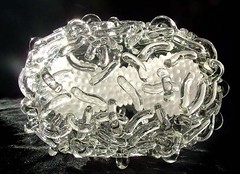 Apropos
Apropos 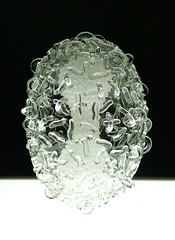 Jerram’s artwork coincides with
Jerram’s artwork coincides with 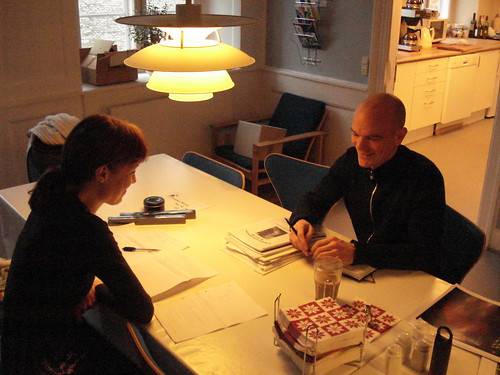
 Just saw the announcement for the conference ‘Sympathies and Antipathies: Altruism and Emotional Response Across the Disciplines’ (to be held at CRASSH, Cambridge, UK, 29-30 May), which will
Just saw the announcement for the conference ‘Sympathies and Antipathies: Altruism and Emotional Response Across the Disciplines’ (to be held at CRASSH, Cambridge, UK, 29-30 May), which will We have placed it in the basement area to the left of the main entrance — we didn’t dare put it on the ground floor because we were afraid the 18th century wooden floor construction would collapse under the
We have placed it in the basement area to the left of the main entrance — we didn’t dare put it on the ground floor because we were afraid the 18th century wooden floor construction would collapse under the 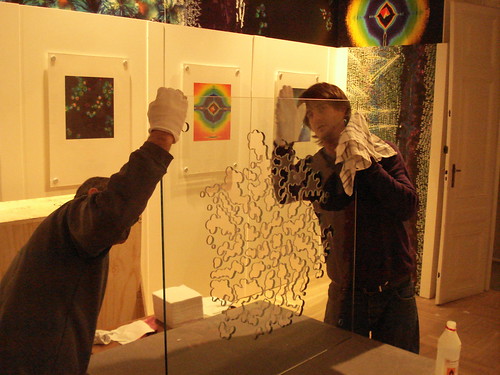
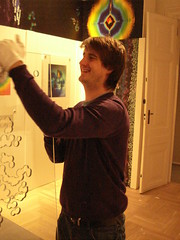

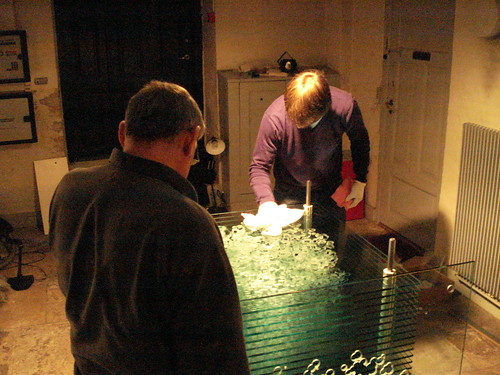
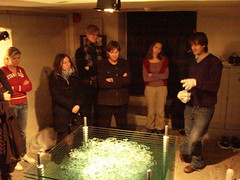
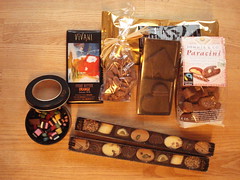 orleden kom der en pakke med posten. Fuld med alle mulige slags dejlige søde ting — fra lakridskonfekt til sukkerovertrukne mandler og lækre småkager. Yummy.
orleden kom der en pakke med posten. Fuld med alle mulige slags dejlige søde ting — fra lakridskonfekt til sukkerovertrukne mandler og lækre småkager. Yummy.